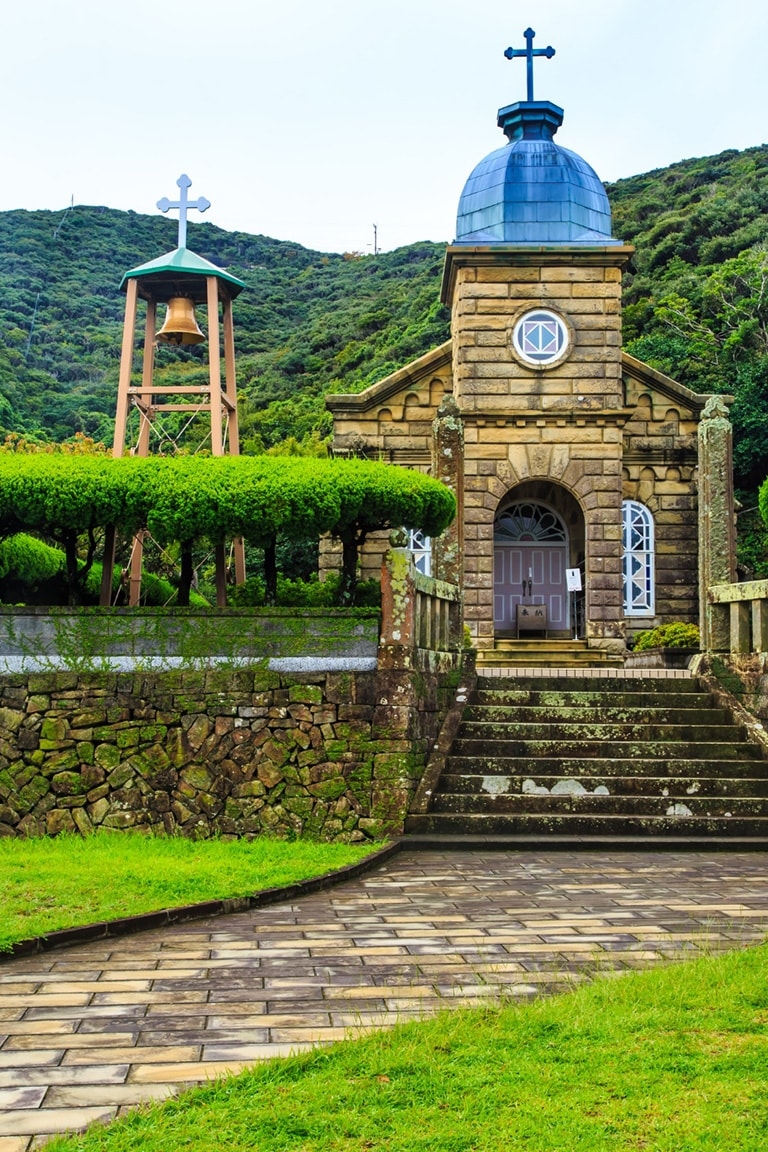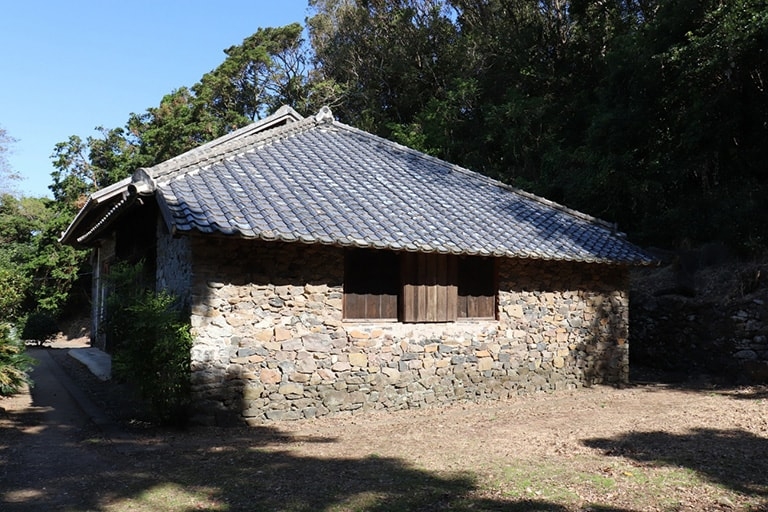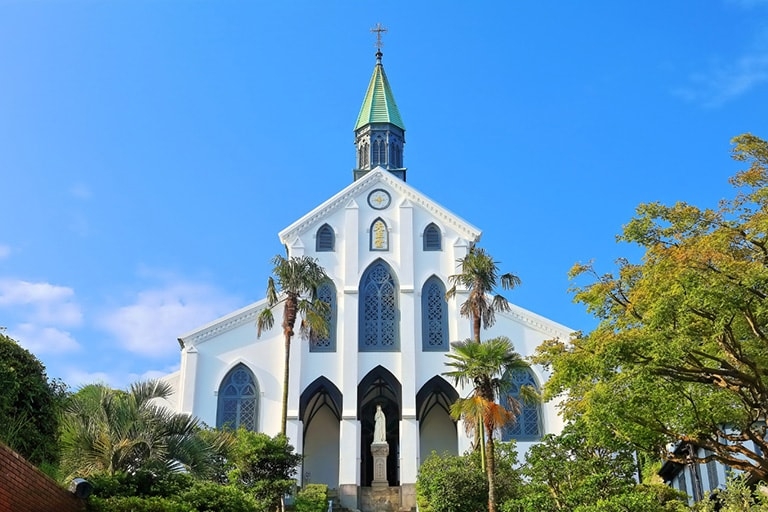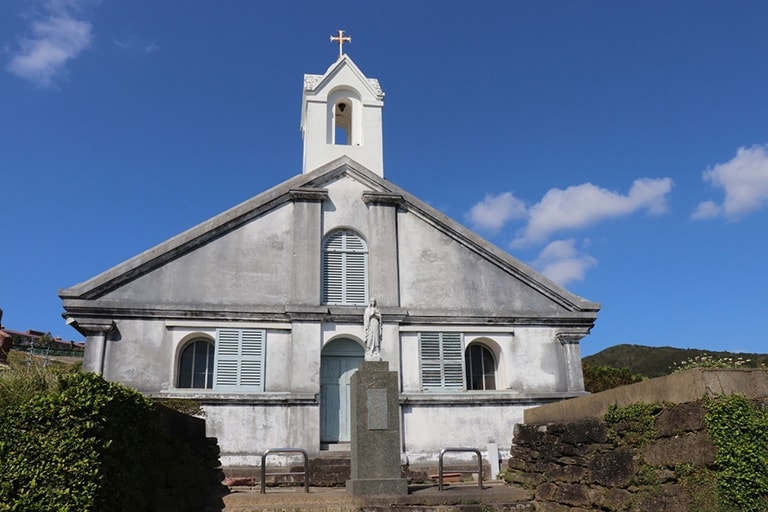TECH & CULTURE
The Hidden Christian Sites in the Nagasaki Area
March 09, 2022
Japan’s modern constitution guarantees full religious freedom, and as a result nearly all of the world’s religions are practiced here to some extent, both by immigrants and by native adherents. The two main traditional religions in Japan, however, are Buddhism and Shinto, which are practiced to varying extents by the majority of the country. As neither faith has any tenets requiring exclusivity, most people in Japan observe both, participating in ceremonies, festivals, and rituals held at Shinto shrines and Buddhist temples over the course of their lives. While Shinto can be traced back to over 2,000 years ago, and Buddhism first arrived in Japan around the 4th century, most other religions practiced in Japan arrived after the mid-1800s, when the nation reopened to international trade at the end of the Edo Shogunate.
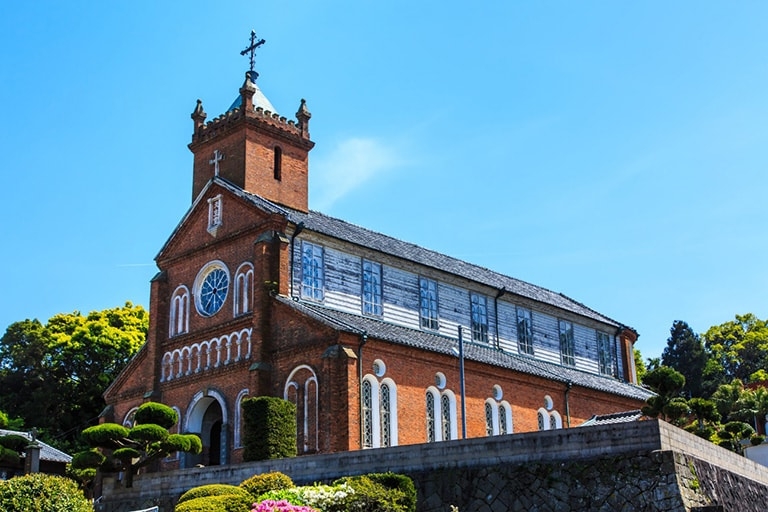
Christianity, however, has a more complicated history in Japan, one that has resulted in a unique set of historical sites that were recognized by UNESCO as World Heritage Sites in 2018. These are the Hidden Christian Sites in the Nagasaki Region, which had remained secret for over two centuries.

